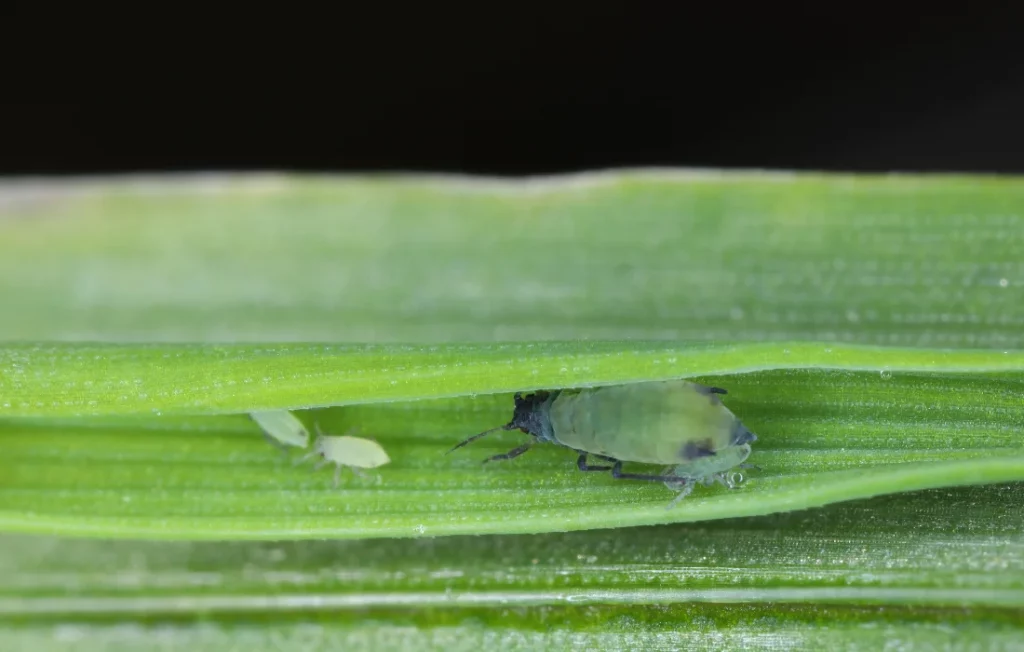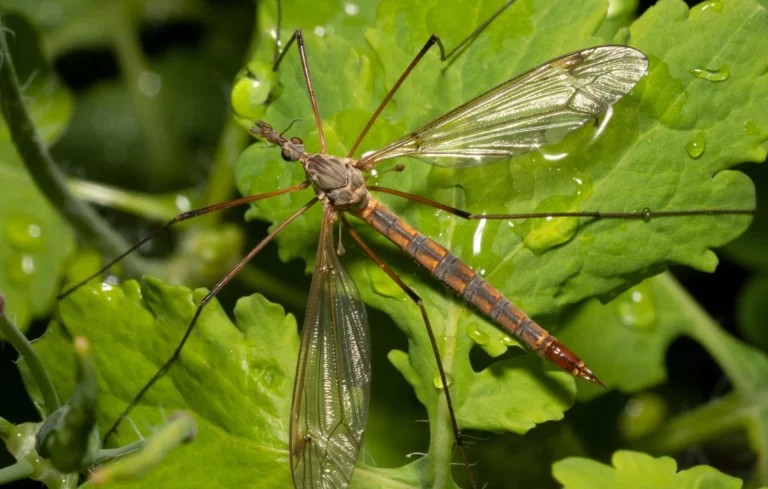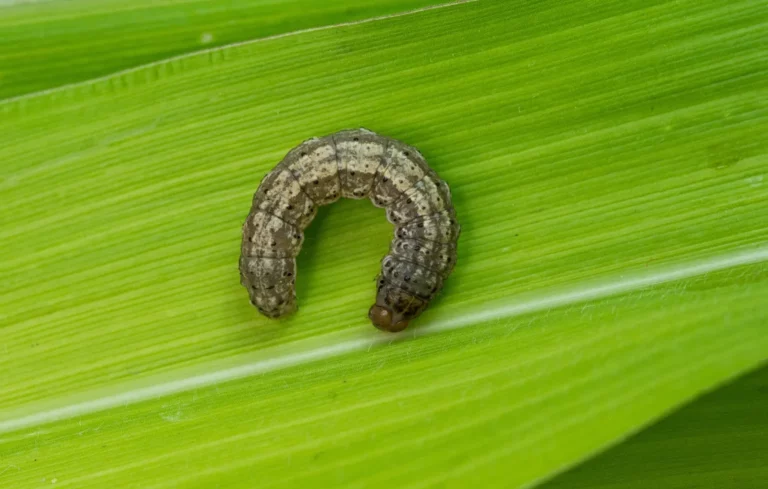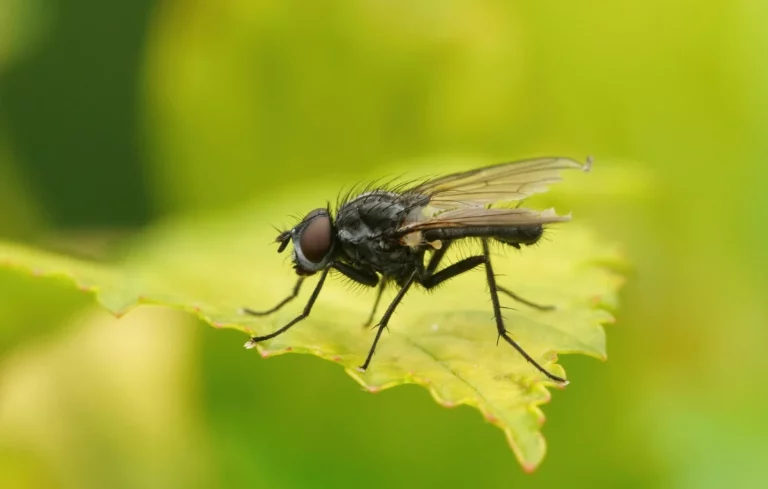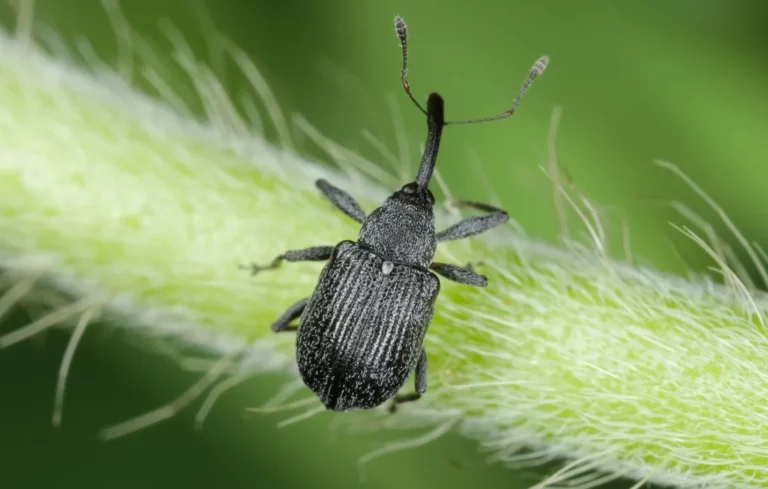In corn crops, aphid attacks can go unnoticed… until the damage becomes visible. Among the most widespread and problematic species is Rhopalosiphum maidis , better known as the green corn aphid. Present throughout the Mediterranean region in France, this cosmopolitan pest affects both yield and crop quality. Its ability to reproduce rapidly, colonize different parts of the plant, and transmit phytopathogenic viruses makes it a feared enemy for field crop professionals.
Description of the green corn aphid
The green corn aphid ( Rhopalosiphum maidis ) belongs to the Aphididae family, a group of sucking insects well known for their rapid infestation capabilities. This species is found in many regions of the world, particularly in temperate to warm zones. In France, its presence is particularly marked in the South and around the Mediterranean, where climatic conditions favor its development.
Although it is primarily found on maize ( Zea mays ), Rhopalosiphum maidis can also infest other grasses such as sorghum, barley, wheat, oats or rye . This host diversity allows the aphid to maintain its population on different crops, thus increasing the risk of cross-infestation from one plot to another.
Morphological description
Larva
- Size: from 0.5 mm to 1.3 mm
- Color: green, gradually darkening as it reaches maturity
Adult
- Size: between 1.8 mm and 2.2 mm
- Shape: rectangular body
- Color: very dark green, with a matte appearance
- Antennae: short
- Legs: black
- Cornicles: black, small and swollen
Do you need a natural solution against green corn aphids?
Life cycle of Rhopalosiphum maidis
Rhopalosiphum maidis exhibits a life cycle typical of anholocylic species, meaning it reproduces exclusively by parthenogenesis. This asexual reproduction method allows for continuous colony development, without the need for mating. Each female gives birth to live larvae, which are able to feed as soon as they appear, promoting rapid multiplication on the host plant.
Several generations can occur during a single growing season. In cold regions, the green corn aphid does not survive the winter, which limits its spread. However, in Mediterranean areas where temperatures remain mild, populations can persist from one season to the next on alternate hosts.
Location on plants
The green corn aphid prefers to settle in tender, sap-rich areas. It is observed on the stems , the upper surface of the leaves and especially on the silks (styles) of the plant. This last location is particularly worrying because it coincides with the corn pollination period. A high presence of aphids at this time can disrupt fertilization and have direct repercussions on the formation of the ears.
What damage does the green corn aphid cause?
The damage caused by Rhopalosiphum maidis results from several mechanisms. The first is direct: by extracting sap from plant tissues, the aphid causes deformation and curling of the leaves . Plant growth is slowed, which results in a general weakening of crops, particularly in the event of early or massive infestation.
The second type of damage concerns reproduction. By attaching itself to the corn silks, the aphid hinders pollination , which can lead to poor grain formation and therefore a reduction in yield.
Finally, the colonies secrete a large amount of honeydew, a sugary substance that promotes the development of sooty mold , a black fungus. This fungal layer covers the leaves and reduces the capacity for photosynthesis, affecting the quality of the plant and its productivity. At the same time, the aphid acts as a vector of phytopathogenic viruses, worsening the health of infested plots.
Corn aphid: our natural solutions
We first recommend improving the soil by:
- SILIBOOST (powder to dilute)
- SILIPELLET (granules)
- SOUFREL (natural sub-element not derived from petrochemicals – activation of soil microorganisms)
As well as the application of biostimulants:
- YAKADOP Biostimulant : It is the first line of defense against corn pests and diseases. It strengthens and stimulates vegetation, promoting resistance against pest attacks (aphids) by triggering plant phytohormones (auxin, salicylic acid), amino acids and vitamins, allowing crops to have greater resistance to various attacks.
Application dose : 5 to 10 liters / 100 liters of water / hectare
Against corn pests such as the green corn aphid, we recommend:
- YAKASELF : Dose of 10 liters/100 liters of water/hectare
Do not hesitate to contact us for more information.

